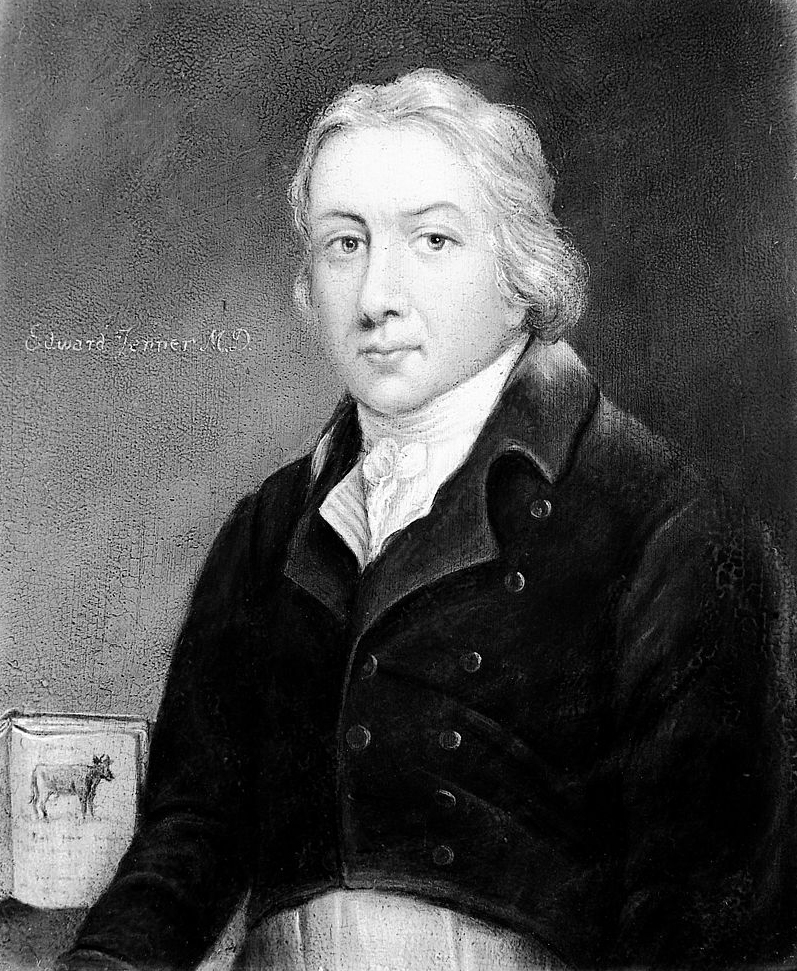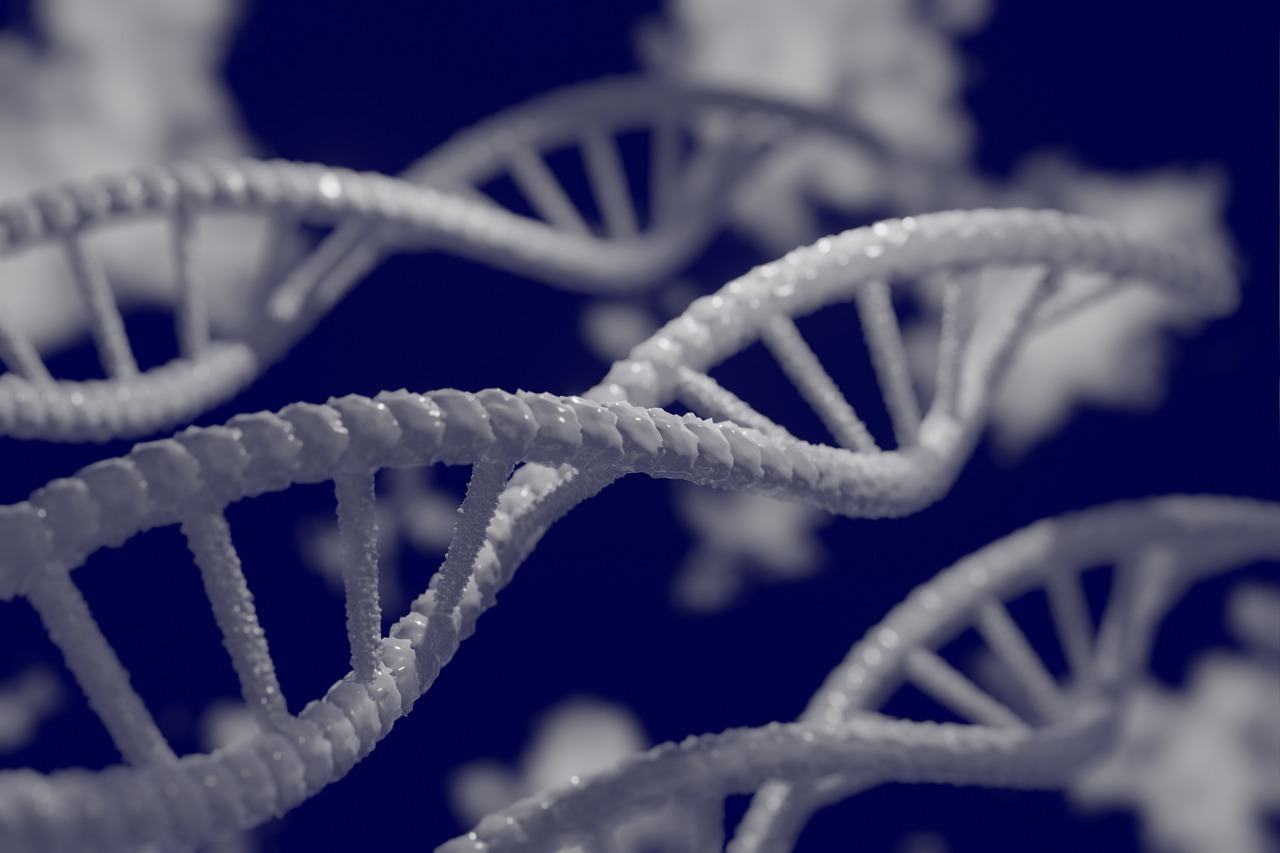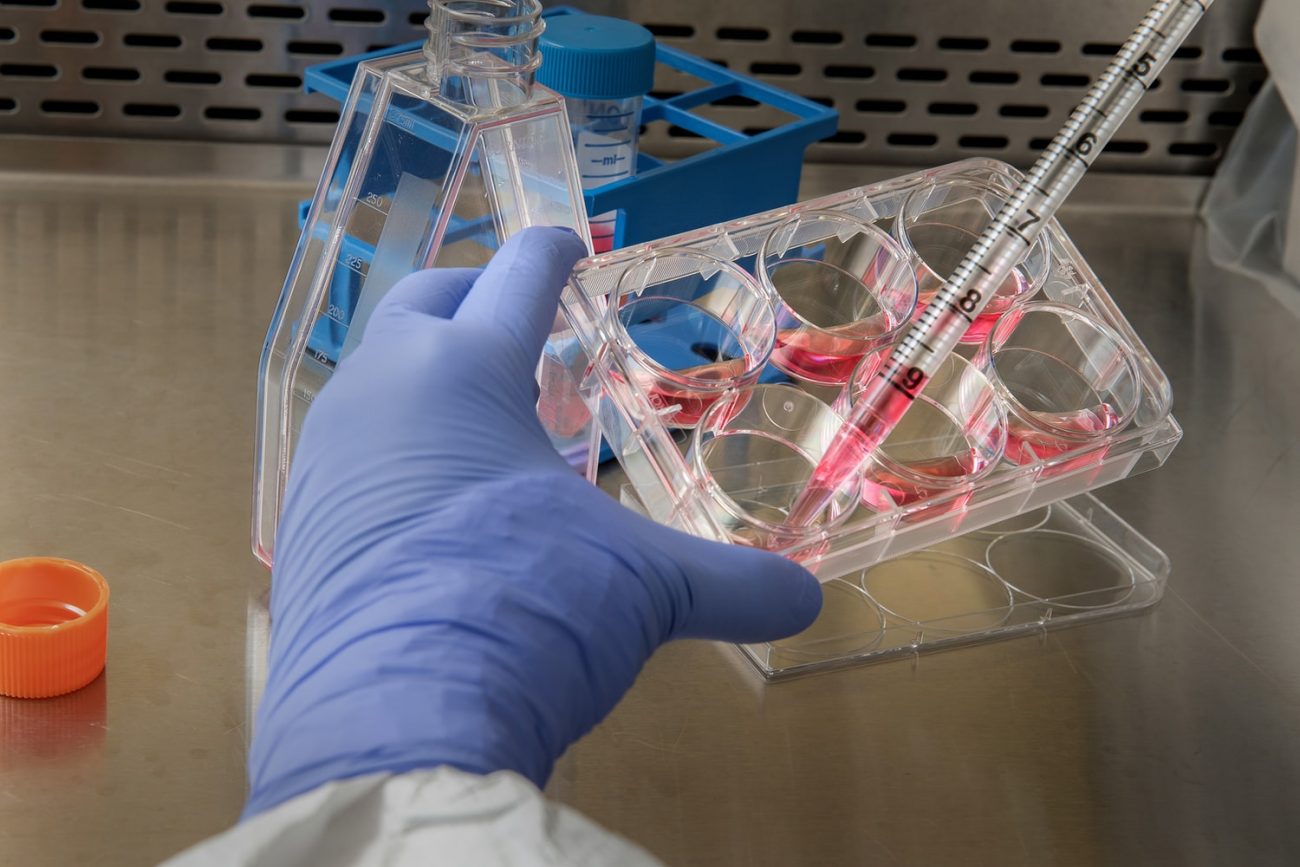Knowing how vaccines work — as well as the Catholic teaching that governs them — can reassure faithful who may be anxious about immunization, according to several Philadelphia-area specialists.
[hotblock]
“God has given us intellect and reason,” said Dr. John Travaline, director of the pulmonary procedure unit at Temple University Hospital. “And over time, we’ve been able to use what God has given us … to help cure disease. And vaccines are one example.”
From cowpox to COVID
Edward Jenner, an English country doctor, is credited with performing the world’s first vaccination in 1796.

Edward Jenner, a English country doctor, is credited with developing the world’s first vaccination in 1796. (Portrait of Edward Jenner/Courtesy of the Wellcome Collection /Creative Commons 4.0 International)
For some two decades prior, Jenner had scientifically verified local knowledge that milkmaids infected with cowpox were immune from subsequent outbreaks of smallpox. Jenner’s updated technique of disease prevention (named after vacca, the Latin word for “cow”) was an alternative to variolation, in which pus from an active smallpox lesion was transferred to another’s arm — a practice employed in Asia since the 1600s and, a century later, in Europe and colonial America.
Cowpox and smallpox, like COVID-19 and influenza, are infectious diseases caused by viruses; other sources of infection include bacteria, fungi and parasites.
As logical approaches to infectious diseases, vaccines are a way of “God working through modern medicine,” using the human body’s innate defenses to fight harmful infection, said Dr. Travaline, who is also a professor of thoracic medicine and surgery at Temple’s School of Medicine.
By introducing “a substance that causes the body to make specific antibodies,” vaccination teaches the immune system to “(mount) a response to the foreign substance,” he said.
Vaccine varieties
That process takes several different forms, according to Dr. William Williams, an immunologist and rheumatologist at the Hospital of the University of Pennsylvania and Penn Presbyterian Medical Center.
(Related: Catholics have a moral responsibility to receive COVID vaccine, say local experts)
But essentially, said Dr. Williams, “things always go from DNA to RNA to protein.”
In that sequence — termed the “central dogma of molecular biology” – DNA genetic code is transcribed and carried via messenger RNA to the cell’s protein-making sites. Once there, synthesized protein is released, fueling the cells and sustaining the body’s tissues and organs.

An artist’s rendering of a DNA molecule. DNA is transcribed by messenger RNA and then translated into proteins to sustain cells, organs and tissues. (Mahmoud Ahmed/Pixabay)
“DNA is basically the (architectural) blueprint of a house, and RNA is kind of like your detail drawings – how the cabinets are going to look and such,” said Dr. Williams. “And then that gets translated into proteins, and those are the actual physical structure of the house.”
Today, there are five main types of vaccines that are commonly given in the U.S.: live, attenuated (such as the measles, mumps and rubella, or MMR) vaccines that closely resemble a full infection; inactivated vaccines, such as that for polio, which introduce the “dead” infecting agent; toxoid vaccines, which kill disease-causing bacteria through weakened toxins; subunit vaccines, which contain only part of the virus or bacteria; and conjugate vaccines, which are particularly used for infants and young children.
Since their widespread introduction, vaccines have virtually eliminated diseases such as childhood polio, which claimed the life of Dr. Williams’ seven-year-old brother just before the first inoculations were made available in 1955.
“He initially had contracted it and recovered, but then he caught a cold and developed pneumonia,” recalled Dr. Williams. “He died from polio, and I never got to know my older brother.”
[tower]
According to the World Health Organization, vaccines prevent an estimated two to three million deaths per year.
With 33.4 million infections and more than one million deaths globally, COVID has created an unprecedented race for immunity, particularly as colder temperatures could intensify the spread of the virus. Some 43 vaccines are now in human clinical trials, with at least 93 others in animal testing.
Although experts disagree as to specific effectiveness rates, vaccination remains the “ideal approach” to protecting the overall population, according to the Mayo Clinic.
Cooperation with evil, or divine providence?
Yet there are legitimate concerns surrounding the production of vaccines, said bioethicist Steven Bozza, director of the archdiocesan Office for Life and Family.
“We can’t use fetal cells to produce anything,” he said. “It’s solely immoral to say, ‘Well, I’m going to abort this particular child, and then we’ll use this child to provide good things for people’s health.’ That’s totally denying and negating the dignity of that child that’s aborted.”
“The Vatican has been very clear on this matter,” said Bozza, pointing to key documents from the Pontifical Academy for Life that in recent years have stressed “we have to avoid as much as we can the use of vaccines illegitimately produced.”
Two cell lines obtained from aborted fetuses, WI-38 and MRC-5, have been used to develop vaccines against rubella, chickenpox, hepatitis A, polio, smallpox and rabies.
In 2005, the Pontifical Academy affirmed that doctors and parents “have a duty to take recourse to alternative vaccines (if they exist), putting pressure on the political authorities and health systems so that other vaccines without moral problems become available.”
[hotblock2]
The letter also addressed concerns over a purported link between childhood vaccinations and autism, declaring that “no correlation exists” between the two.
In its 2005 statement, the academy rigorously analyzed the issue of “cooperation in evil,” which arises when a link exists between one’s own acts and the morally evil actions of others.
Cooperation can take place in a number of respects, including formal (when a person shares an evildoer’s intention and action) and material (when a person shares the action, but not the evil intention).
Material cooperation itself can be direct (taking part in the evil act) or indirect (making it possible to commit the act). The terms “proximate” and “remote” account for the distance – in space or in time – between the act of cooperation and the sinful act to which it relates.
Additionally, cooperation can be active or, if committed by failing to denounce or prevent an evil act, passive.
As a result, producers of vaccines made with fetal cells are guilty of passive material cooperation if they neglect to denounce abortion and seek alternate ways for countering infection, the Vatican ruled.
A 2008 instruction on bioethical questions from the Congregation for the Doctrine of the Faith (CDF), Dignitatis Personae, also addressed the “use of human ‘biological material’ of illicit origin” in vaccines, noting that “within this general picture there exist differing degrees of responsibility.”
For that reason, the CDF found that “in organizations where cell lines of illicit origin are being utilized, the responsibility of those who make the decision to use them is not the same as that of those who have no voice in such a decision.”
At the same time, said the CDF instruction, “danger to the health of children could permit parents to use a vaccine which was developed using cell lines of illicit origin, while keeping in mind that everyone has the duty to make known their disagreement and to ask that their healthcare system make other types of vaccines available.”
The Pontifical Academy for Life issued a more concise statement on vaccines in 2017, declaring that the WI-38 and MRC-5 cell lines currently used are “very distant from the original abortions and no longer imply that bond of moral cooperation indispensable for an ethically negative evaluation of their use.”
The academy said that “while the commitment to ensuring that every vaccine has no connection in its preparation to any material of originating from an abortion, the moral responsibility to vaccinate is reiterated in order to avoid serious health risks for children and the general population.”
Given the science, the statistics and above all the sanctity of human life, vaccines are part of “God’s providence,” said Dr. Travaline.
“It’s taking the offending agent, the virus or bacteria or at least part of it, and using that to create an immune response so that good can come from it,” he said, adding that God “can make good out of evil, negative things.”
***
The Pontifical Academy for Life’s statements on vaccines can be found online: “Note on Italian vaccine issue” (July 31, 2017); “Moral reflections on vaccines prepared from cells derived from aborted human foetuses” (June 9, 2005).
The Congregation for the Doctrine of the Faith’s “Instruction ‘Dignitatis Personae’ on certain bioethical questions” (June 20, 2008) is also available online. Sections 34 and 35 of this document specifically discuss “the use of human ‘biological material’ of illicit origin.”
Follow Christian on Twitter at @GinaJesseReina.
PREVIOUS: Papal Foundation helping to train Catholics from 44 countries
NEXT: Catholics have a moral responsibility to receive COVID vaccine, say local experts




Share this story